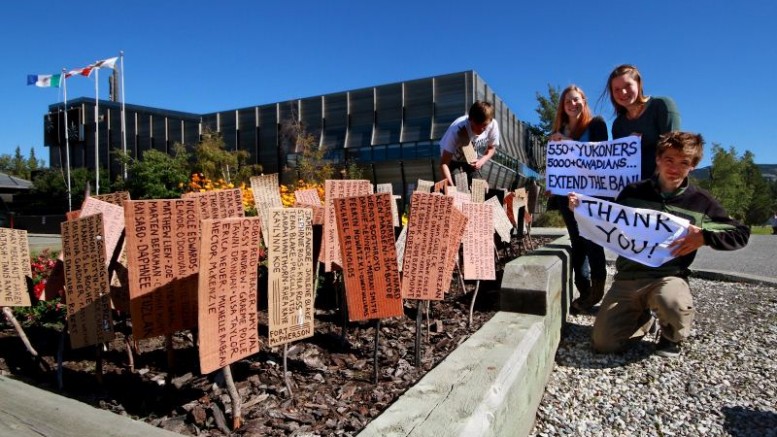The Yukon government has extended a mineral-staking ban in the Peel watershed until May 4, 2013, while it develops a land-use plan for the region. The ban was set to expire on Sept. 4.
“We anticipate that the final stages of consultation in the land-use planning process for the Peel watershed region will begin [in the next few weeks],” Minister of Energy, Mines and Resources Brad Cathers said in a statement after the decision.
The Peel watershed is at the northern end of the Rocky Mountains and the Mackenzie Mountains. It stretches over 68,000 sq. km of virtually intact boreal forest and northern mountain ecosystems, according to Protect the Peel, a local conservation organization. The region is defined by the Peel, Ogilvie, Blackstone, Hart, Wind, Snake and Bonnet Plume rivers.
The area is believed to be anomalous in iron ore, gold, uranium and zinc, as well as oil and natural gas. The most defined deposit in the region is oil and gas major Chevron’s (CVX-N) large Crest iron-ore deposit. The push to extend the staking ban was assisted by the Peel Youth Alliance, which gathered signatures and demonstrated at the Yukon legislature to promote their cause.
“This is a victory for us and the Peel watershed,” Cassy Andrew of the Peel Youth Alliance says. “We’re glad that our government listened to us and extended the staking ban on the Peel. Now the government needs to respect the overwhelming majority of Yukoners who want the Peel watershed protected.”


Be the first to comment on "Yukon gov’t extends staking ban in Peel watershed"